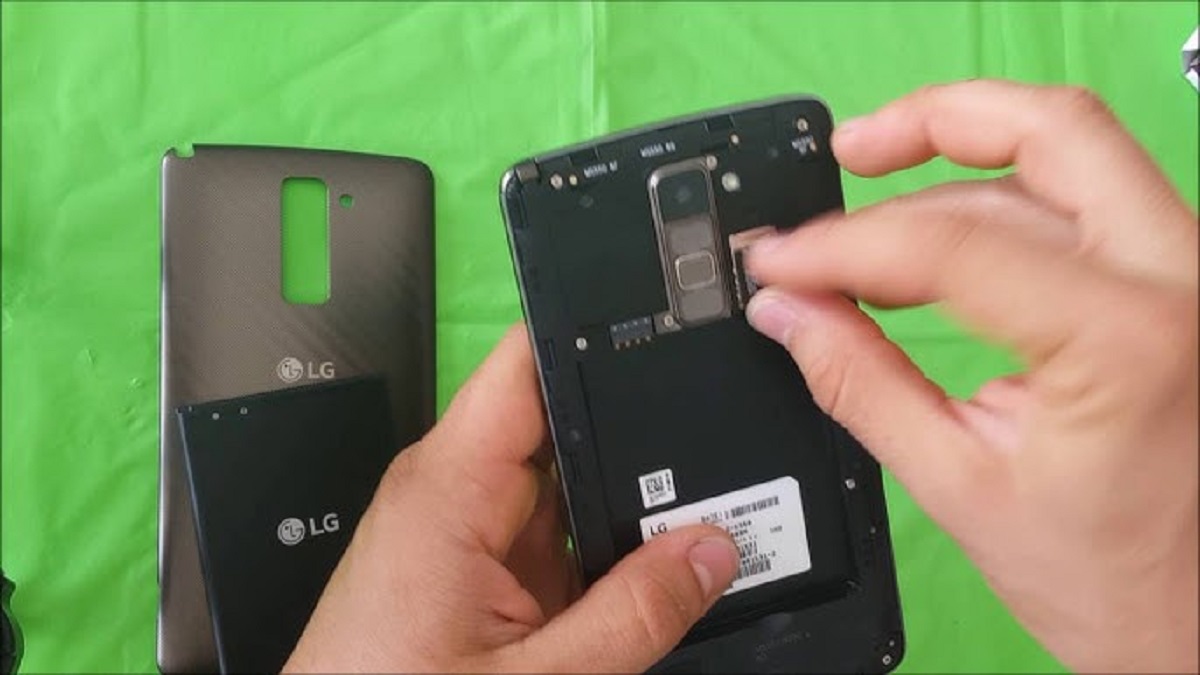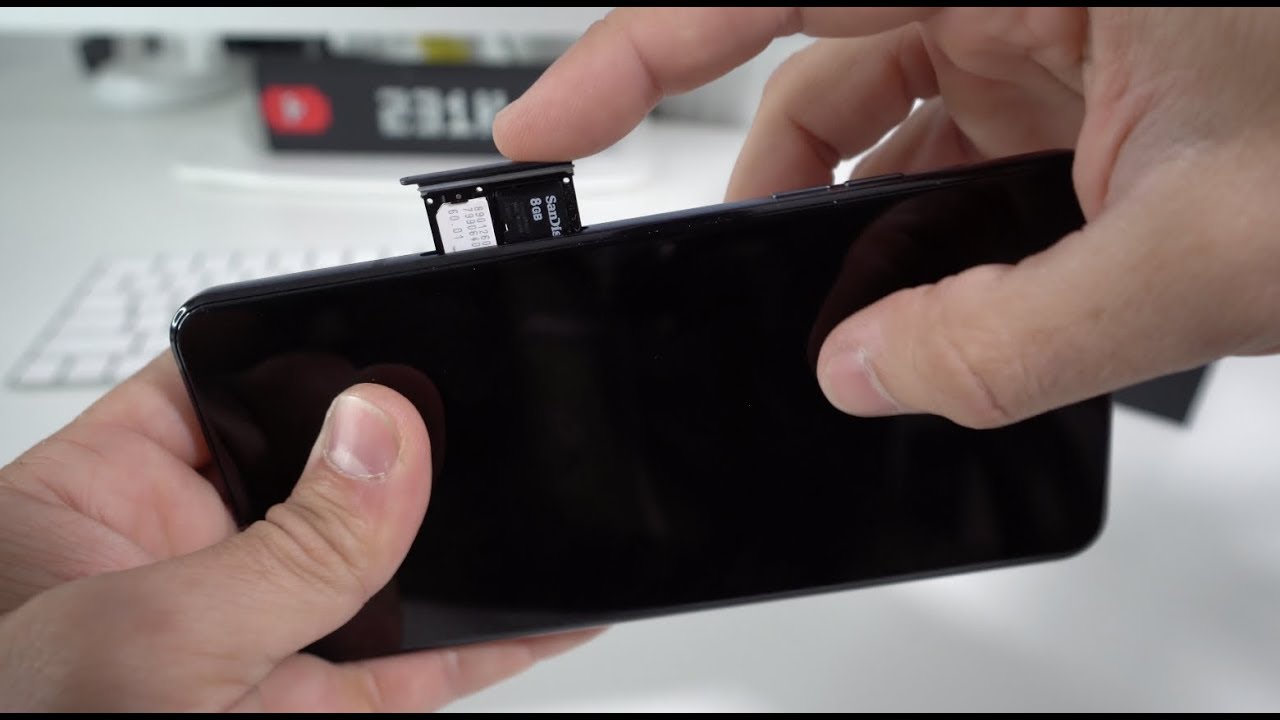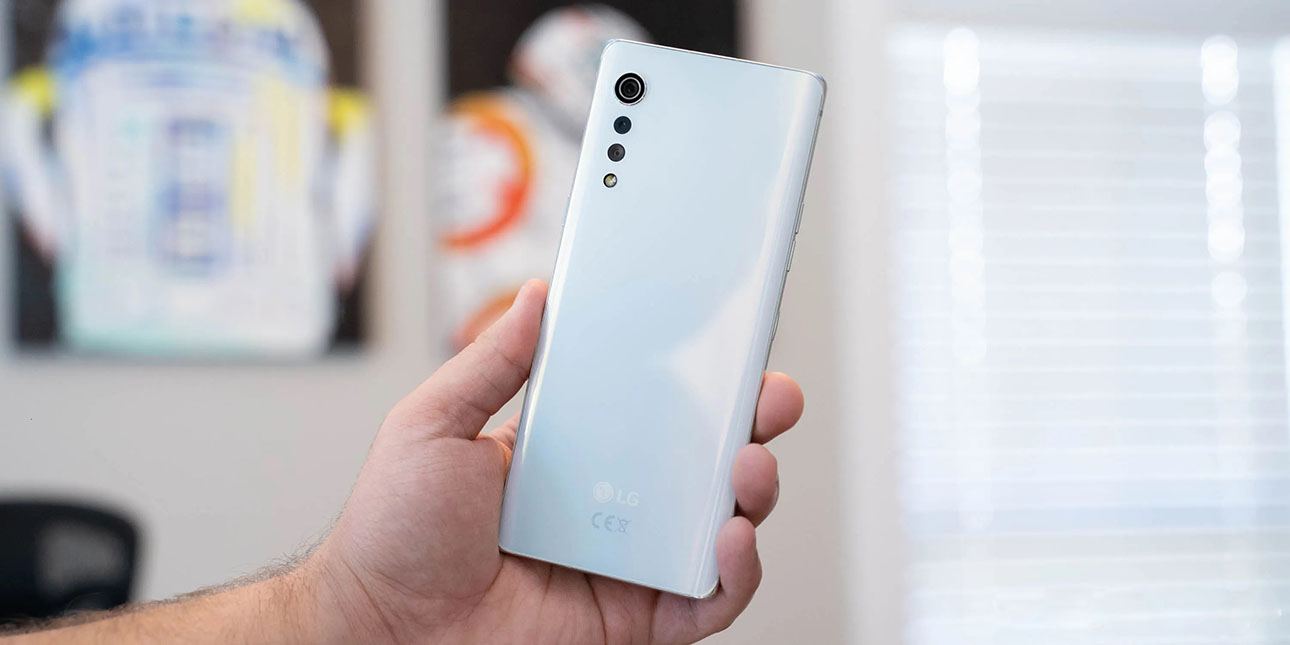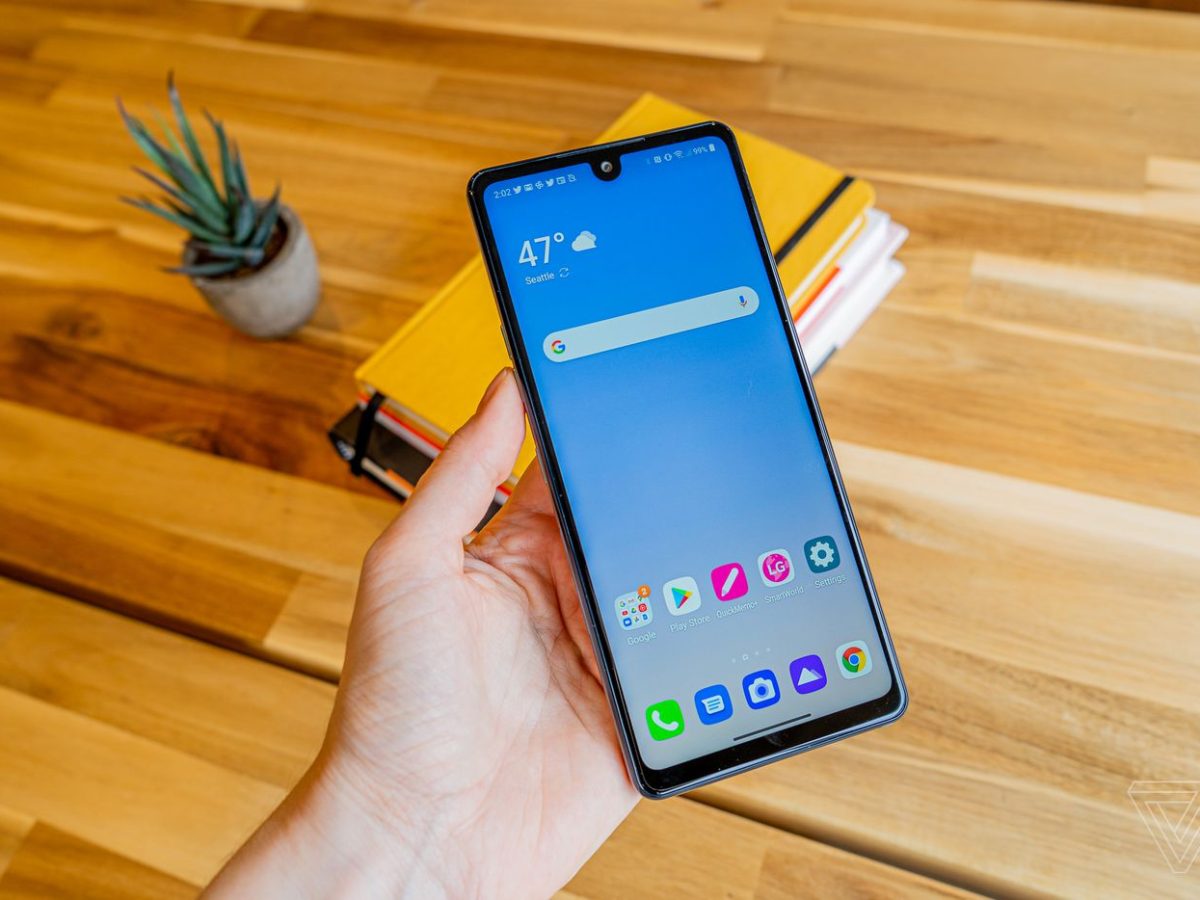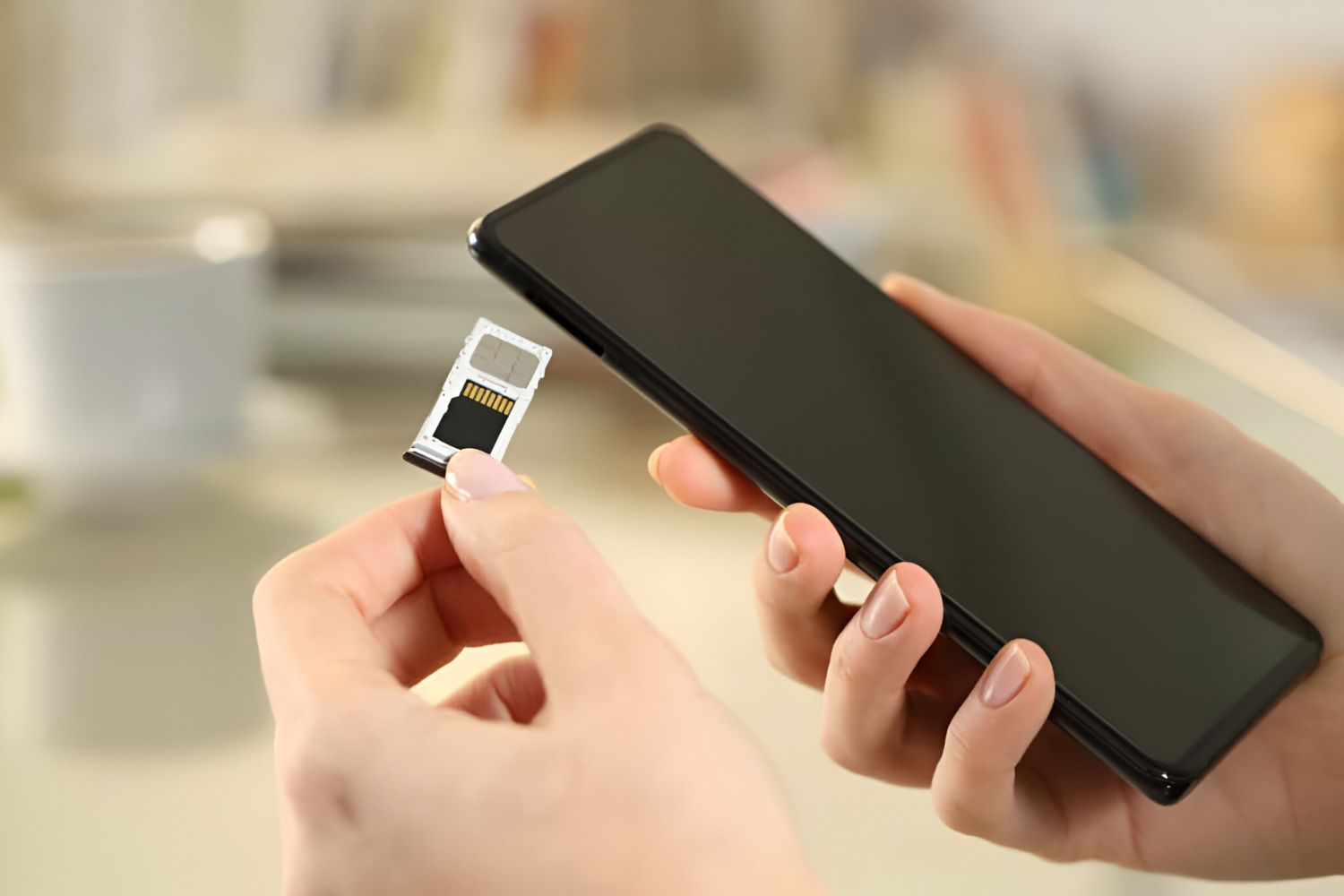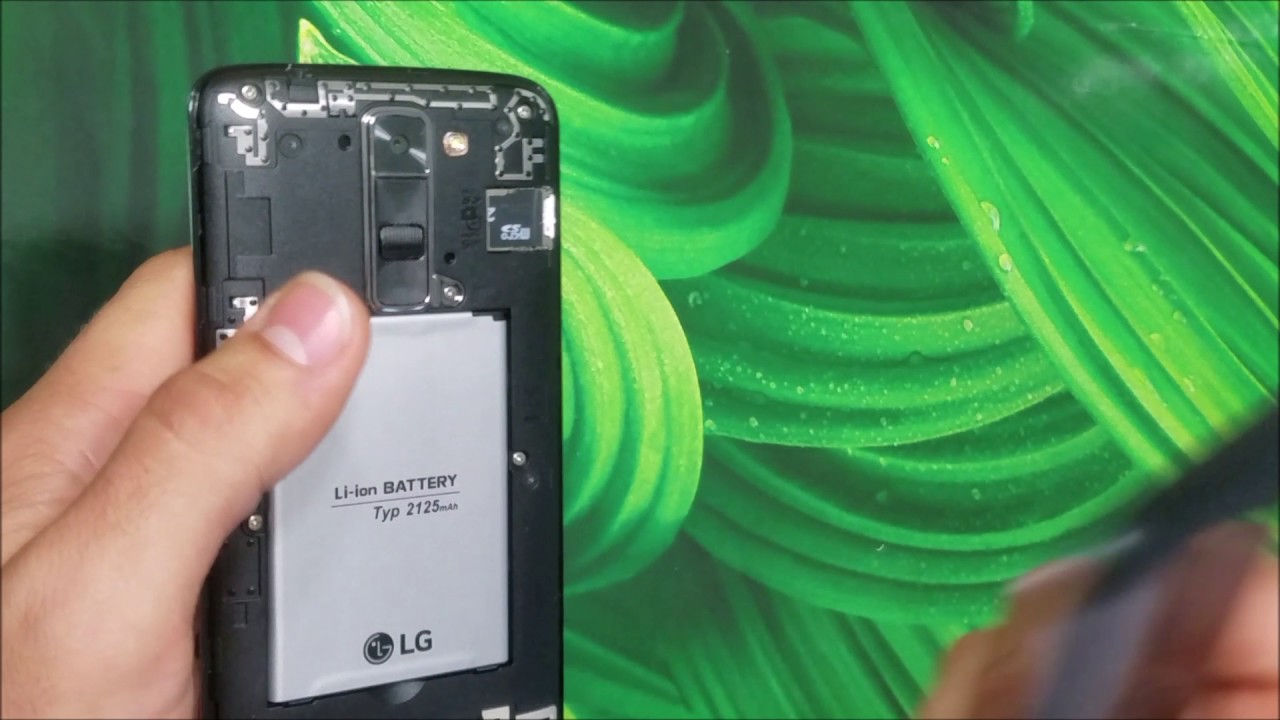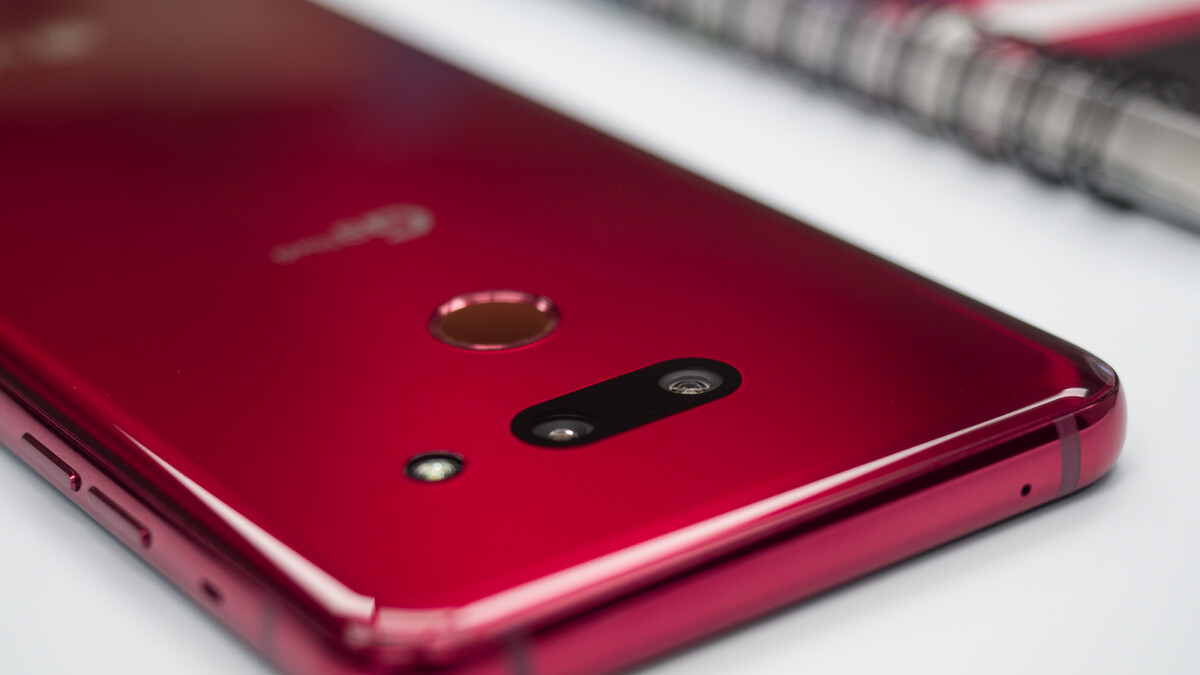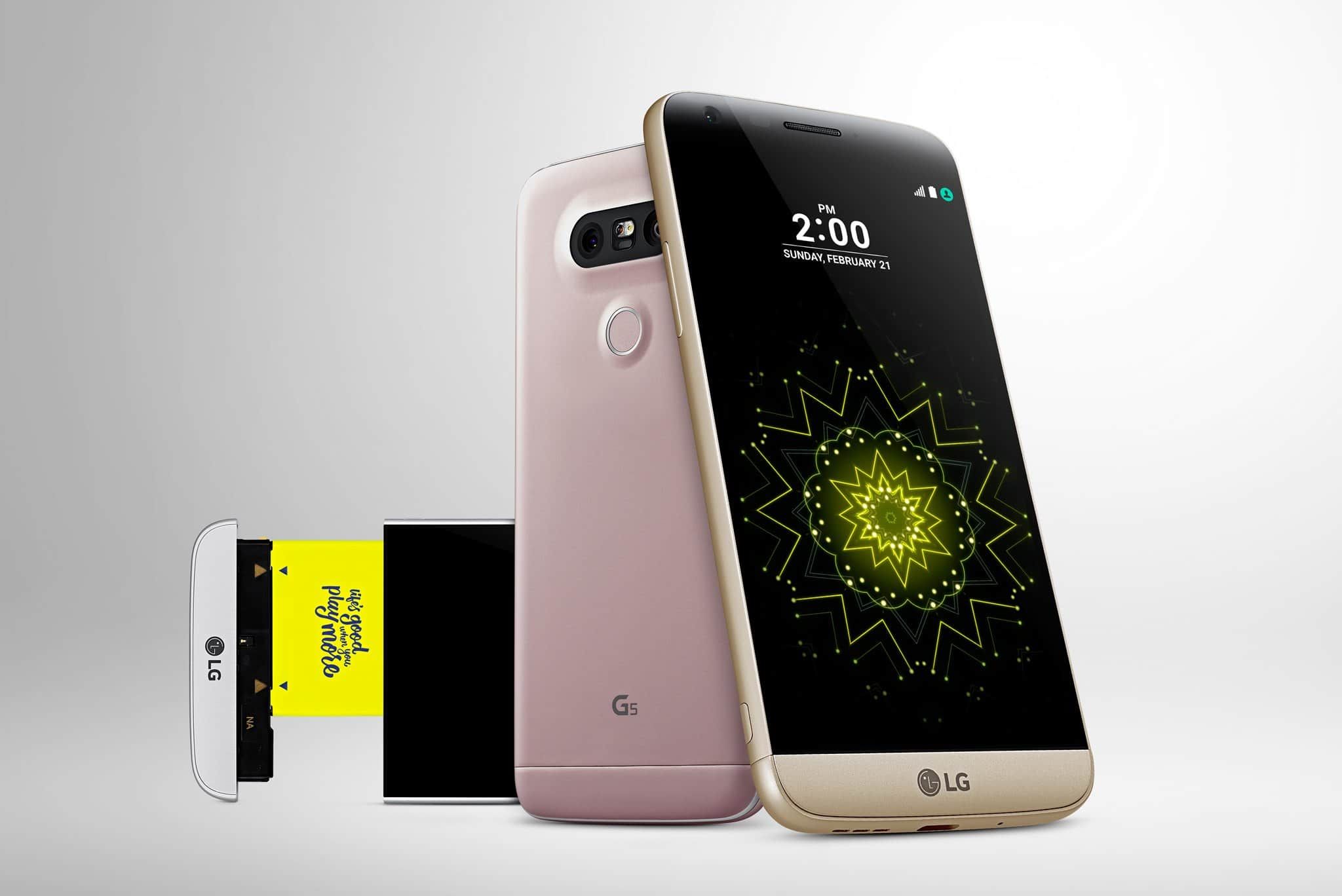Introduction
In today’s digital age, our smartphones have become an essential part of our lives. With the ever-increasing number of apps available, we often find ourselves running out of storage space on our devices. This can be especially frustrating when trying to download new apps or update existing ones. Thankfully, there is a solution – moving apps to the SD card.
The SD card, or Secure Digital card, is a small storage medium that can be inserted into your smartphone to increase its storage capacity. By moving apps to the SD card, you can free up valuable space on your device’s internal storage and enjoy a smoother and faster user experience.
In this article, we will explore the benefits of moving apps to the SD card and provide you with a step-by-step guide on how to do it on your LG Stylo 2. We will also discuss the compatibility and limitations of moving apps to the SD card, as well as how to manage the apps once they have been moved.
So, if you’re tired of constantly receiving “storage full” notifications on your LG Stylo 2 and want to make the most out of your device’s storage capacity, read on to learn how to move apps to the SD card.
Reasons to Move Apps to SD Card
There are several compelling reasons why you might want to consider moving apps to the SD card on your LG Stylo 2. Here are a few notable benefits:
- Free up internal storage: By moving apps to the SD card, you can free up valuable space on your device’s internal storage. This is especially useful if you have many large apps or files that are taking up a significant amount of space.
- Install more apps: Running out of storage space on your device can be frustrating, especially if you want to download new apps. By moving apps to the SD card, you can make room for new applications and enjoy a wider range of functionality on your LG Stylo 2.
- Improve device performance: A lack of available storage can slow down your device and impact its overall performance. By freeing up internal storage through moving apps to the SD card, you can enhance the speed and responsiveness of your LG Stylo 2.
- Backup and restore apps: The SD card provides a convenient storage solution for backing up your apps. If you ever need to factory reset your LG Stylo 2 or switch to a new device, having your apps stored on the SD card will make it easier to restore them without losing any data.
- Flexibility: Moving apps to the SD card gives you greater flexibility in managing your device’s storage. You can easily transfer apps between devices or share them with friends without the need for a stable internet connection.
With these compelling benefits in mind, it’s clear that moving apps to the SD card on your LG Stylo 2 can greatly enhance your user experience. Now let’s explore the compatibility and limitations of this feature before diving into the step-by-step guide.
Compatibility and Limitations
While moving apps to the SD card can offer many advantages, it’s important to note that not all apps and devices support this feature. Here are some key compatibility and limitations to consider before proceeding:
- App Compatibility: Some apps may not have the option to be moved to the SD card. This is because certain apps require specific access to the device’s internal storage for optimal performance. Therefore, it’s worth checking whether the apps you want to move are compatible with this feature.
- SD Card Speed: The speed of your SD card can also affect the performance of the apps stored on it. If you have a slower SD card, you may experience slower app loading times and potential lag. It is recommended to use a Class 10 or UHS-I SD card for optimal performance.
- Pre-installed Apps: Some pre-installed system apps may not be movable to the SD card. This is to ensure that critical system processes and functions are not disrupted. However, you can still free up space by moving user-installed apps to the SD card.
- Read-only Apps: While many apps can be moved to the SD card, some may remain read-only and require a portion of their data to be stored on the device’s internal storage. This means that even though the app is on the SD card, it may still occupy a small amount of space on the internal storage.
- App Updates: When you update an app that has been moved to the SD card, the updated version will be installed on the device’s internal storage. This is because the update may contain new files or data that need to be properly integrated into the app’s functioning.
Understanding these compatibility and limitations will help you make informed decisions when moving apps to the SD card on your LG Stylo 2. Now, let’s move on to the step-by-step guide to successfully relocate your apps and free up valuable storage space on your device.
Step-by-step Guide:
Moving apps to the SD card on your LG Stylo 2 is a simple process. Follow these steps to successfully relocate your apps and free up valuable storage space:
- Check for SD Card Compatibility: Ensure that your LG Stylo 2 supports the use of an SD card. Check the device specifications or consult the user manual for information on SD card compatibility.
- Format the SD Card: If the SD card is new or has been previously used in another device, format it to ensure compatibility with your LG Stylo 2. Insert the SD card into your device and go to “Settings” > “Storage” > “SD card” > “Format SD card.
- Set the SD Card as Default Storage: To set the SD card as the default storage location for future app downloads, go to “Settings” > “Storage” > “Default storage location” > “SD card.” This ensures that new apps will be automatically installed on the SD card.
- Move Apps to SD Card: To move existing apps to the SD card, go to “Settings” > “Apps” > “Manage apps.” Select the app you want to move, and then tap on the “Move to SD card” option. Repeat this process for each app you wish to relocate.
Congratulations! You have successfully moved your apps to the SD card on your LG Stylo 2. By doing so, you have freed up valuable storage space on your device and can enjoy a smoother user experience.
It’s worth noting that if you ever need to reset your device to factory settings or remove the SD card, the apps that were moved to the SD card will no longer be accessible. Therefore, it’s essential to have a backup of your apps and data stored on the SD card or another backup solution.
Now that you have learned how to move apps to the SD card, let’s explore some practical tips for managing the apps that have been relocated in the next section.
Check for SD Card Compatibility
Before you begin the process of moving apps to the SD card on your LG Stylo 2, it’s important to ensure that your device supports the use of an SD card. Not all smartphones are equipped with the necessary hardware and software capabilities to use external storage. Here’s how you can check the SD card compatibility of your device:
- Device Specifications: The first step is to refer to the device specifications provided by the manufacturer. These specifications can usually be found in the user manual or on the manufacturer’s website. Look for information regarding SD card support, including the type and capacity of the SD card that is compatible with your LG Stylo 2.
- Phone Settings: Another way to check for SD card compatibility is to navigate to the phone settings on your LG Stylo 2. Open the “Settings” app and look for the “Storage” or “Memory” section. Within this section, you should see an option to view the available storage space and the presence of an SD card if one is inserted. If your device recognizes the SD card, it is likely compatible.
If your device supports the use of an SD card, you can proceed with the next steps in moving apps to the SD card. However, if your LG Stylo 2 does not have SD card compatibility, you may need to explore other options for managing storage space on your device.
Now that you’ve determined the compatibility of your device, it’s time to move on to the next step in the process: formatting the SD card.
Format the SD Card
Once you have confirmed that your LG Stylo 2 supports the use of an SD card, the next step is to format the SD card. Formatting the SD card ensures compatibility with your device and prepares it for storing apps and other data. Here’s how you can format the SD card:
- Insert the SD Card: Locate the SD card slot on your LG Stylo 2. Typically, this can be found on the side or back of the device. Gently insert the SD card into the slot, making sure it is securely in place.
- Access Phone Settings: Open the “Settings” app on your LG Stylo 2. Look for the “Storage” or “Memory” section, which may vary depending on your device’s specific software version.
- Select SD Card: Within the storage settings, you should see an option to view the available storage space and the presence of the inserted SD card. Tap on the SD card option to access further details and formatting options.
- Format SD Card: In the SD card settings, you will find the option to format the card. Tap on this option and confirm your selection. Please note that formatting the SD card will erase all existing data, so make sure to backup any important files or information before proceeding.
- Wait for Formatting: The formatting process may take a few moments to complete, depending on the size of the SD card. Once the process is finished, you will receive a notification confirming that the SD card has been formatted and is ready for use.
By formatting the SD card, you have prepared it to be used as external storage for your LG Stylo 2. Now, you can proceed to the next step of setting the SD card as the default storage location for future app installations.
Set the SD Card as Default Storage
To fully utilize the storage capacity of your SD card on the LG Stylo 2, you will need to set it as the default storage location for future app installations. This means that any new apps you download will automatically be installed on the SD card. Here’s how you can set the SD card as the default storage:
- Access Phone Settings: Open the “Settings” app on your LG Stylo 2. Look for the “Storage” or “Memory” section in the menu, which may vary depending on the specific software version of your device.
- Select Default Storage Location: Within the storage settings, you should see an option to select the default storage location. Tap on this option to access the available storage options.
- Choose SD Card as Default: In the storage options, you will see a list of available storage locations, including the internal storage and the SD card if it is inserted. Select the SD card as the default storage by tapping on the option that corresponds to the SD card.
- Confirm Selection: After selecting the SD card as the default storage, you may be prompted to confirm your selection. Follow the on-screen instructions to confirm your choice.
By setting the SD card as the default storage location, you ensure that any new apps you download will automatically be installed on the SD card, saving valuable space on the internal storage of your LG Stylo 2.
Now that you have configured the default storage location, you are ready to move existing apps to the SD card. In the next step, we will guide you through the process of moving apps to the SD card, allowing you to free up space on your device’s internal storage.
Move Apps to SD Card
Now that you have set the SD card as the default storage location on your LG Stylo 2, it’s time to move existing apps to the SD card. By doing so, you can free up space on your device’s internal storage and make room for new apps and files. Here’s how you can move apps to the SD card:
- Access App Settings: Open the “Settings” app on your LG Stylo 2. Look for the “Apps” or “Applications” section in the menu options. Tap on it to access the list of installed apps on your device.
- Select App to Move: Scroll through the list of installed apps and select the app you want to move to the SD card. Tap on the app to open its settings and details.
- Move App to SD Card: Within the app settings, you should see an option to “Move to SD card” or something similar. Tap on this option to initiate the process of moving the app to the SD card.
- Repeat for Other Apps: If you have multiple apps that you want to move to the SD card, repeat the above steps for each app. You can move as many apps as you want, as long as they are compatible with the SD card storage option.
Once you have moved an app to the SD card, it may take a few moments for the process to complete. You will usually receive a confirmation message indicating that the app has been successfully moved. It’s important to note that some apps may require a small portion of their data to remain on the internal storage, even after moving them to the SD card.
By moving apps to the SD card, you have effectively freed up space on your device’s internal storage. This will allow for smoother performance, quicker app launches, and ample storage capacity for new app downloads and updates.
Now that you have successfully moved your apps to the SD card, it’s essential to manage them effectively to ensure optimal functionality. In the next section, we will discuss some practical tips for managing the apps that have been relocated to the SD card.
Managing Moved Apps
After you have successfully moved apps to the SD card on your LG Stylo 2, it’s important to have a system in place for managing these apps. Here are some practical tips to help you effectively manage the apps that have been relocated to the SD card:
- Regularly check app storage: Keep an eye on the storage usage of your apps. You can do this by going to “Settings” > “Apps” > “Manage apps” and selecting the app you want to check. Monitor the storage usage to ensure that the app is not using an excessive amount of space on the SD card.
- Update apps regularly: It’s important to keep your apps updated to benefit from bug fixes, security patches, and new features. As mentioned earlier, when you update an app that is moved to the SD card, the updated version will be installed on the device’s internal storage. Make sure to check for app updates frequently and install them to ensure the best user experience.
- Be mindful of app performance: While moving apps to the SD card can free up space, it’s important to note that some apps may experience slightly slower performance or longer loading times when running from the SD card. Monitor the performance of your apps and consider moving any crucial or performance-sensitive apps back to the internal storage if needed.
- Backup app data: Although moving apps to the SD card can be convenient, it’s essential to regularly back up the data associated with these apps. This includes any saved files, app preferences, and user data. You can use backup solutions like cloud storage or dedicated backup apps to ensure that your app data is secure in case of any unexpected issues.
- Reorganize apps as needed: Over time, you may find it necessary to reorganize your apps on the SD card. This can be done by going to the app settings and selecting the option to move the app back to internal storage or to a different location on the SD card. This gives you the flexibility to organize your apps based on priority or personal preferences.
By following these tips, you can effectively manage the apps that have been moved to the SD card on your LG Stylo 2. Regularly monitoring storage usage, keeping apps updated, and being mindful of performance will help ensure that you have a smooth app experience and make the most out of your device’s storage capacity.
With the proper management of your moved apps, you can enjoy a clutter-free internal storage and a better user experience on your LG Stylo 2.
Conclusion
Managing storage space on your LG Stylo 2 is essential for a smooth and efficient user experience. By moving apps to the SD card, you can free up valuable space on your device’s internal storage and enjoy a more seamless operation. In this article, we discussed the reasons to move apps to the SD card, checked for SD card compatibility, formatted the SD card, set the SD card as the default storage, and moved apps to the SD card. We also provided tips for managing the apps that have been relocated.
Moving apps to the SD card offers several benefits, including freeing up internal storage, installing more apps, improving device performance, and providing flexibility in managing your storage. However, it is important to note that not all apps and devices support this feature, and there may be limitations to consider, such as app compatibility and card speed.
By following the step-by-step guide provided in this article and managing your moved apps effectively, you can make the most out of your LG Stylo 2’s storage capacity and enjoy a clutter-free and optimized smartphone experience. Remember to check app storage, update apps regularly, be mindful of app performance, backup app data, and reorganize apps as needed.
Now that you have the knowledge and tools to move apps to the SD card, take the necessary steps to optimize your device’s storage space and enjoy a smoother and more efficient user experience on your LG Stylo 2.







